Countermeasures against tsunamis and flooding for small-scale outdoor storage tanksTsunami and Flood Countermeasures
for Small Oil Tanks Using CFRP
- Disaster prevention
- Infrastructure
In the past, tsunami and flood protection measures were not implemented for small oil tanks with a capacity of less than 500kL.
Tsunami and flood countermeasures using CFRP(Carbon fiber reinforced plastic) have made it possible to improve tsunami and flood resistance performance at low cost.
We believe that it will play a very important role in disaster prevention.
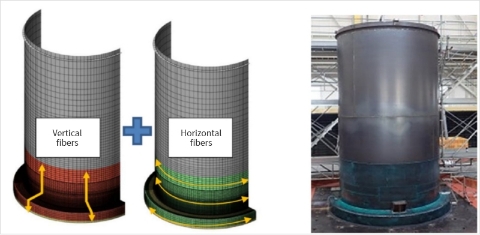
Point
- Low cost tsunami and flood countermeasures
- No welding
- No impact on seismic resistance of existing tanks
Background
According to a 1997 survey in Japan, there were more than 60,000 small oil tanks of smaller than 500kL installed in various plants, fishing ports, farms, etc. In the Great East Japan Earthquake in 2011, many oil tanks were damaged by the tsunami.
Many small tanks are anchor bolted and expected to withstand wind and earthquakes. In this case, stress is concentrated around the fixed anchor bolts, which may cause the tank to break and the contents to flow out.
Therefore, for small oil tanks located in coastal areas where tsunamis are a concern and near rivers where flooding is a concern, there are expectations for a simple and inexpensive countermeasure construction method to prevent outflow.
We developed a simple tsunami countermeasure using CFRP and confirmed its effectiveness in tsunami countermeasures.
As will be described later, this is a construction method in which CFRP is wrapped around the tank to reinforce the tank. It is very easy to install and can be added to existing tanks at low cost.
After that, the Fire and Disaster Management Agency investigated and examined this countermeasure method, confirmed its effectiveness, and published it as a guideline.
Overview of Countermeasure Method
Tsunami countermeasure TYPE1
Conventional anchor bolt method restrains small oil tanks at a "point", which may lead to stress concentration. Our invention, Tsunami countermeasure TYPE 1 is a method to reduce stress concentration by wrapping CFRP between the tank and the foundation, securing the tank "on the surface.
Since the CFRP is wrapped around the tank without any gap between the tank and the foundation, it is expected to prevent the tank from flowing under the bottom plate of the tank and "no buoyancy" (i.e., no floating flow).
The carbon fibers that make up CFRP are directional. Therefore, longitudinal and horizontal fibers are combined and attached to ensure strength. (Figure 1)
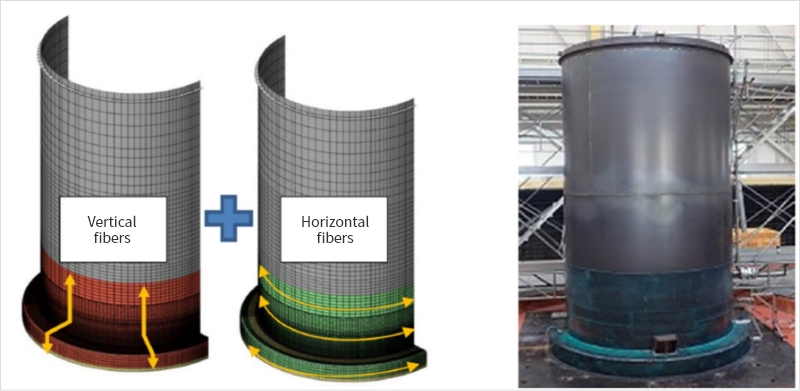
Tsunami countermeasure TYPE2
Tsunami countermeasure TYPE 2 is to restrain the tank with wires and anchors installed inside the oil dike. If wires are attached to the tank sidewalls at "points", stress will be concentrated in those areas when tsunami wave forces are applied, increasing the possibility of breakage.
Therefore, we developed a method to disperse the stress by wrapping CFRP around the tank sidewalls (Figure 2).
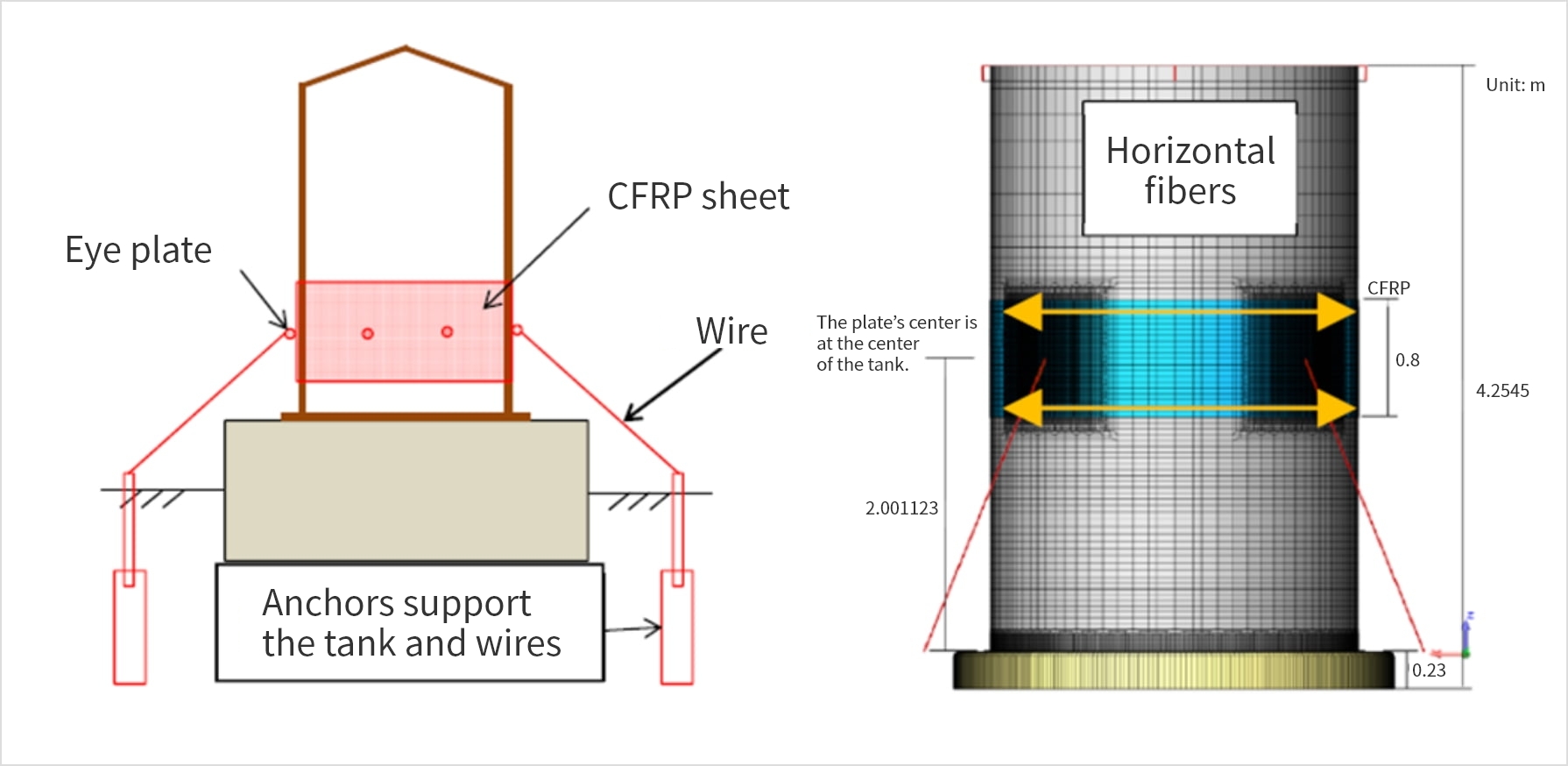
Study of Effects
First, the effectiveness of the TYPE1 and TYPE2 tsunami countermeasure methods was verified by FEM analysis. In both cases, it was confirmed that the tanks with the countermeasure methods had a higher tsunami height limit (could withstand a higher tsunami) than those without the countermeasures (Figure 3).
Next, we conducted tsunami and flooding experiments on a 3.45 kL model tank (height 2.24 m, diameter 1.4 m) with our tsunami countermeasures installed. The effectiveness of both tsunami countermeasures and the validity of the FEM analysis were confirmed (Figure 4).
-
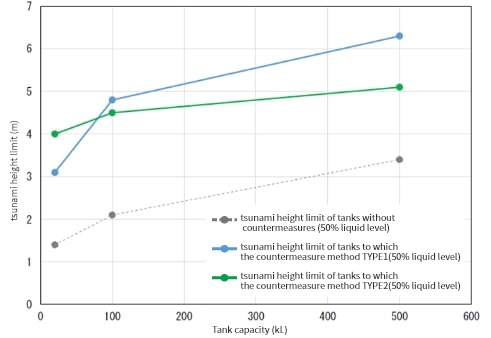
Figure 3: Relationship between tank capacity and tsunami height limit(50% liquid level) -
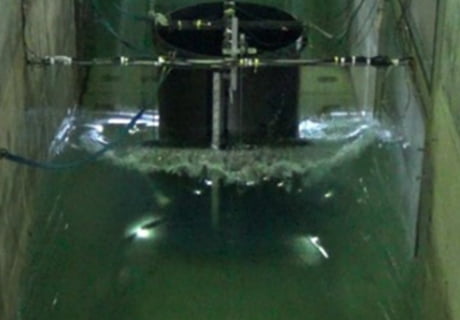
Figure 4.1: Tsunami countermeasure TYPE1 Tsunami test -
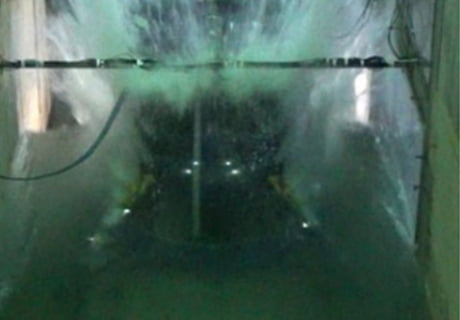
Figure 4.2: Tsunami countermeasure TYPE2 Tsunami test
Link to video (Quoted from Study Group Report, FDMA)
Future Applications
Thanks to this development, we contributed to the published of Guidelines for Countermeasure Methods against Tsunami and Flood for Small oil Tanks by the Fire and Disaster Management Agency (FDMA).
In the future, we would like to request local governments, fishery cooperatives, and agricultural cooperatives to apply this method to small oil tanks installed near coasts (fishing ports) and rivers to reduce risk and improve safety in case of tsunami, storm surge, floods, etc.
